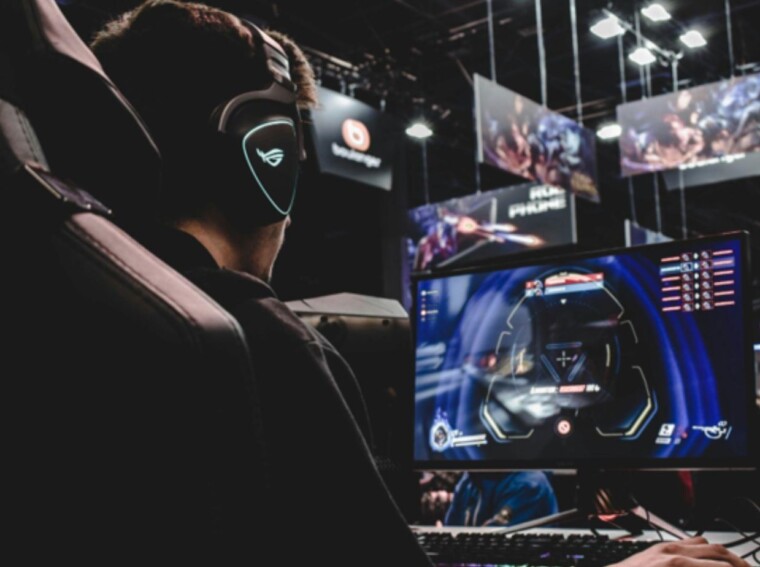Behavioral design is a powerful tool used in lots of industries to influence and shape user experience. From social media to retail marketing, the principles of behavioral design are employed to enhance user engagement and push particular actions.
However, when it comes to video games and online casinos, these techniques can sometimes lead to unintended consequences, such as addiction. Understanding the mechanisms behind these designs is crucial for gamers and gamblers alike, especially in the context of the growing popularity of online casinos.
The Appeal of Behavioral Design
Behavioral design involves creating environments that guide users toward desired behaviors through subtle cues, rewards, and feedback loops. In video games, this can mean crafting engaging storylines, offering rewards for achievements, and implementing mechanisms that encourage prolonged play. Similarly, online casinos use behavioral design to keep players engaged, often by leveraging the thrill of chance and the allure of potential rewards.
In both cases, the goal is to create an immersive experience that keeps users coming back for more. However, the line between engagement and addiction can sometimes blur, particularly when the design elements exploit psychological vulnerabilities.
Understanding Addiction Mechanisms in Video Games
Video games are designed to be engaging and fun, but some elements can contribute to addictive behaviors. One common mechanism is the use of variable rewards, which are rewards given at unpredictable intervals. This is similar to the concept of intermittent reinforcement found in gambling, where the uncertainty of the reward keeps players engaged.
Achievements and progression systems also play a significant role. These systems provide players with a sense of accomplishment and progress, encouraging them to continue playing to reach the next level or unlock new features. Moreover, social elements such as leaderboards and multiplayer competitions can drive players to spend more time in the game to outperform others.

Microtransactions and loot boxes are another concern. These in-game purchases allow players to buy virtual items, often with real money, to enhance their gaming experience. The thrill of obtaining rare items through loot boxes can mimic gambling behaviors, leading to increased spending and potentially addictive behavior.
The Role of Behavioral Design in Starzino Online Casino
A new online casino called Starzino leverages behavioral design to create engaging and potentially addictive experiences for players. The use of bright colors, exciting sounds, and dynamic visuals all contribute to the sensory appeal of online casinos. More importantly, the design of the games themselves incorporates elements that encourage prolonged play.
One key aspect of Starzino’s innovative approach is the use of near-miss scenarios, where players come close to winning but fall just short. This creates a sense of anticipation and encourages players to keep playing, believing that a win is just around the corner. On another note, bonuses, and promotions are used to entice players to return and spend more time on the platform.
According to this Starzino casino review, the concept of loss aversion is also prevalent in Starzino online casino. Players are often more motivated to avoid losses than to achieve gains, which can lead them to chase their losses in an attempt to break even. This behavior is reinforced by the design of the games and the structure of betting options.
Strategies for Managing Addiction Risks
Understanding the mechanisms of behavioral design and the risks associated with online gambling is the first step in managing addiction risks. Players should be aware of the tactics used to keep them engaged and take proactive steps to protect themselves.
Setting limits on time and money spent on gaming and gambling is crucial. Players should establish clear boundaries and stick to them, avoiding the temptation to chase losses or spend more than they can afford. Utilizing self-exclusion tools and seeking support from friends, family, or professional organizations can also help in managing gambling behavior.

For players using online casinos, it is essential to be extra vigilant. Researching the reputation and practices of the casino, reading reviews, and understanding the terms and conditions can provide valuable insights into the casino’s operations. Choosing reputable casinos that prioritize responsible gambling practices, even if they operate without Cruks, can mitigate some of the risks.
The Future of Behavioral Design in Gaming and Gambling
As technology continues to advance, the use of behavioral design in gaming and gambling is likely to become more sophisticated. Virtual reality (VR) and augmented reality (AR) are already being explored as new frontiers for creating immersive experiences. These technologies have the potential to enhance engagement further but also raise concerns about their impact on addiction.
Regulatory bodies and industry stakeholders must collaborate to develop frameworks that balance innovation with player protection. Ensuring that behavioral design is used ethically and responsibly will be crucial in safeguarding players while allowing the industry to thrive.
Behavioral design plays a significant role in shaping the experiences of video game players and online gamblers. While these techniques can enhance engagement and enjoyment, they also pose risks of addiction. Understanding the mechanisms behind behavioral design and recognizing the potential dangers can empower players to make informed decisions and protect themselves from harmful behaviors.
The rise of online casinos highlights the importance of regulatory oversight and responsible gaming practices. By staying informed and taking proactive steps, players can enjoy the benefits of digital entertainment while minimizing the risks associated with addiction. As the industry evolves, ongoing dialogue and collaboration will be essential in ensuring a safe and enjoyable gaming environment for all.

